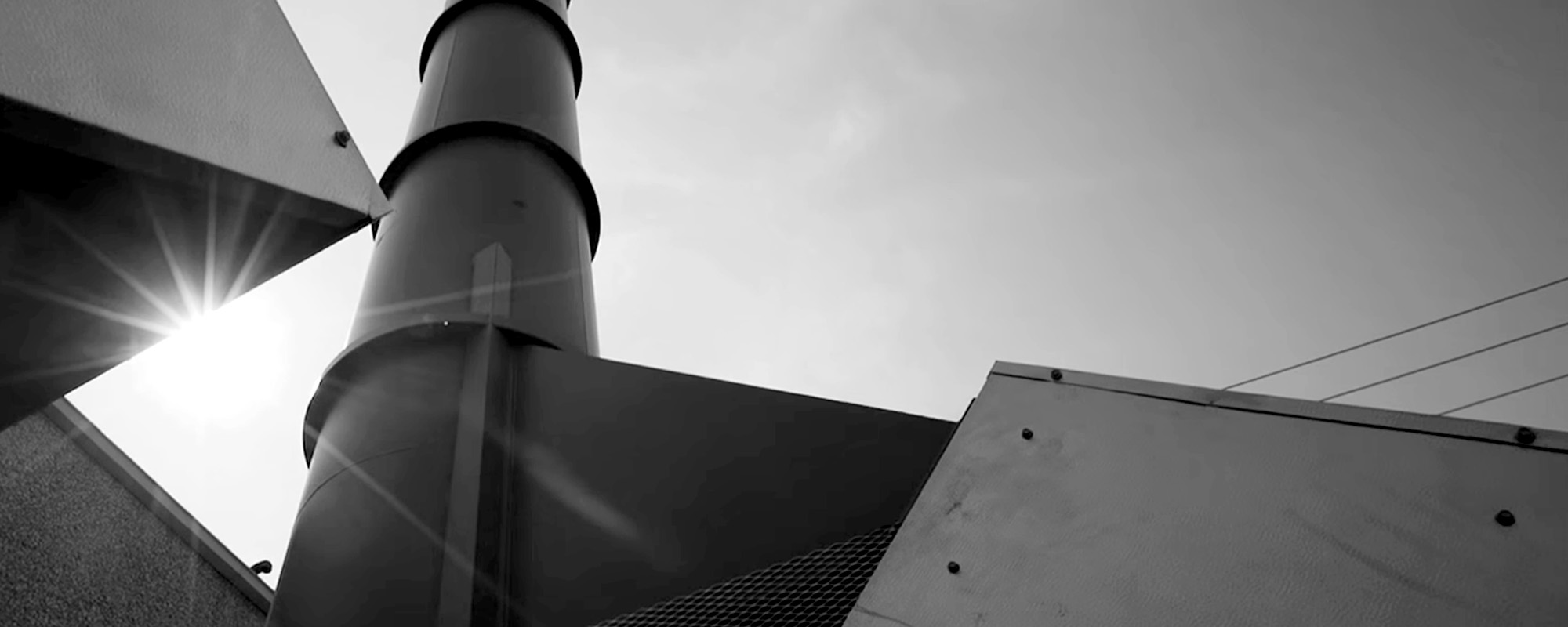Ethylene Oxide Treatment
What is Ethylene Oxide (EtO)?
Ethylene oxide is a gas used to sterilize various medical devices, from syringes to masks. It is highly effective and commonly used because, unlike other forms of sterilization, EtO preserves the integrity of medical equipment and doesn’t degrade it. Since many medical devices are heat and moisture-sensitive, EtO treatment is optimal over steam and gamma sterilization.
While ethylene oxide is very effective for sterilization, it must be handled safely in all settings due to its flammable and carcinogenic properties. The Occupational Safety and Health Administration (OSHA) and Environmental Protection Agency (EPA) have strict regulations for the handling and exposure limits of EtO within plants and their emissions. Operators who deal with this process, like contract sterilizers and medical facilities, must employ control systems to abide by these regulations and limit exposure to this chemical agent on all fronts.
Air Abatement Technologies for EtO
- Catalytic Oxidizers – highly effective treatment options for low concentrations of EtO. This equipment is most appropriate in process applications where particulate and catalyst poisons are absent and Volatile Organic Compounds (VOCs) concentrations below 25% LEL. Incorporating a heat exchanger ensures there is little energy lost.
- Chemical Gas Scrubbers – for process streams with high concentrations of EtO, chemical scrubbers using sulfuric acid as a catalyst stabilizes and breaks down EtO into ethylene glycol, which is less volatile and safer for handling. Ethylene glycol is ultimately collected and recycled, as it can be a building block for other products. Any low-level EO residue not converted during the scrubbing process may be treated further by sending it through a Catalytic Oxidizer before emission.
- Enclosed Flares – can effectively treat process streams with high EtO concentrations. Unfortunately, multiple sterilization facility fires and events in the early 2000s have shown that using this method alone is dangerous. However, pre-treatment of a stream containing ethylene oxide with a scrubber can reduce the explosivity of the stream and allow further treatment with an oxidizer.
Effectively Solving Your Ethylene Oxide Treatment Challenge
Regulations continue to tighten in regards to ethylene oxide, making it challenging to maintain compliance without guidance. As EOSAlink opens in a new window members, Pollution Systems stays up-to-date on current policies, and can provide you with an intelligent solution that considers the holistic needs of your operation.

Related Case Study
Sterilization Facility Cuts Emissions With Catalytic Oxidizer System
A medical sterilization facility needed to cut ethylene oxide (EtO) emissions from their process stream. Our Catalytic Oxidizer was tailored to their application and was able to offer a >99% DRE.
- Pollutant: Hazardous Air Pollutants (HAPs)Volatile Organic Compounds (VOCs)
- Industry: Ethylene Oxide Treatment
- System: Catalytic Oxidizers

